|
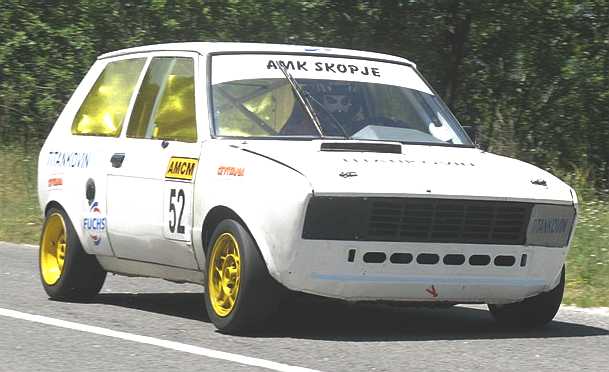
Yugo
H-1600
|
Visit
esure.com
for cheaper
car and bike insurance |
If
you purchase your insurance via a dedicated link from this site, you
could not only save money, but you'll also be helping us provide free
information to thousands of students - at no cost to you. Please help
if you can and thanks for considering us.
fZastava Automobiles (commonly known as Zastava) was a Serbian automobile manufacturer based in the city of Kragujevac, central Serbia. The company was best known for its Yugo brand of vehicles. In 2008, Zastava was acquired by Italian auto maker Fiat and has renamed the company Fiat Automobiles Serbia.
Automotive history
Initially, the company was best known for its locally built versions of the Fiat 128 and Fiat 600.
During the 1970s and 1980s, Zastava sold its compact cars in North and South America and Western Europe under the Yugo brand. Its final model, the Yugo Sana, was styled by Italian designer Giorgetto Giugiaro and launched in 1990, but its production was cut short by the breakup of Yugoslavia. By the same time, the Yugo brand had disappeared from most Western markets by 1993. In 1999, the factory was heavily damaged during the NATO bombing of Yugoslavia.
The post-Yugoslav era has been difficult for Zastava, just as most of the other major companies based in Serbia, which suffered from international sanctions. As result, the production almost stopped and the company failed to introduce new models for long time.
In September 2005, the company signed a new agreement with Fiat to produce a version of the 2003 Fiat Punto model for Southeast Europe as the Zastava 10, with production capacity reaching 16,000 vehicles annually.
In December 2007 Serbia announced that Zastava would be privatized in April 2008.
Origins
The roots of Zastava lay in the 1851 founding in Kragujevac of the Vojno-Tehnicki Zavod (Army Technical Institute). The institute developed a cannon foundry division in 1853, becoming a military vocational school in March 1854. During the 1880s, Zastava also begin with the production of firearms. At the end of the 19th century the cannon foundry changed its name to the Military Engineering Works. The firm rapidly expanded its production program and the complexity and quality of its products.
In 1904, a US businessman and millionaire Mile Bjelivuk bought a company for $1,200; within the company, a section dedicated to automobiles is inaugurated. Beside repair services, certain car parts are also manufactured. In 1939 it begins assembling Chevrolet military trucks. The production came to an halt in 1941 with the Axis invasion of Yugoslavia and by then, 400 trucks were produced in the factory which consisted of a working force of 12,000.
The 1950s
After World War II, the plant was renamed Zavodi Crvena Zastava ("Red Flag Institutes"). In a referendum held on August 26, 1953, 96% of the employees of then Zavodi Crvena Zastava voiced their desire to produce automobiles. That year, 162 Willys Jeeps were produced at the Kragujevac plant.
On August 12, 1954 Zastava signed a cooperation agreement with Fiat . Three months later, Kragujevac began assembling Fiat 1400, Fiat 1100 B and Fiat AP-55 Campagnola.
Fiat 1400 was Zastava's first assembled automobile, but Fića Zastava's licence built version of Fiat 600 is its iconic historical brand. 923487 of Zastava 750 were produced ower span of 30 years, with several different engines and in various equipment levels, from October 18, 1955 through November 18, 1985.
Total vehicle production in 1955 was 1044, by 1958 it rose to 3596. During 1957 and 1958 Zastava established a supplier network. Zastava outsourced engine manufacture to Rakovica-based engine manufacturer 25. Maj (DMB).
The 1960s
Zastava's annual production climbed to 13,719 units in 1960. The company entered the new decade with a replacement for the 1400: Fiat's 1100, shown in Geneva as the successor to the 1100 B.
With the advent of the 1961 1300 and 1500 came Zastava's 1300/ 1500 series, produced as both sedans and wagons. With all-around disc brakes, rear-wheel-drive and up to 72 horsepower, the "tristać" was Yugoslavia's favorite upmarket car. Today, many across the former Yugoslavia recall the 1300 as Zastava's best automobile ever: the Jugoslovenski Mercedes, they call it. 201,160 copies of the 1300 and 1500 were produced from 1961 through December 20, 1979.
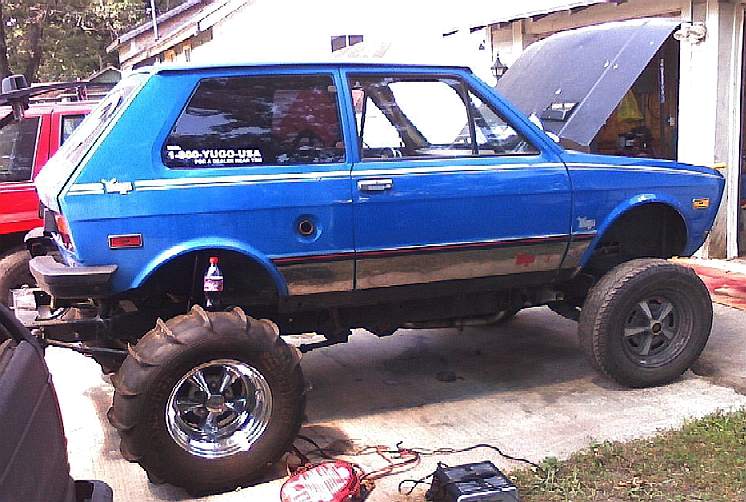
Yugo GV 4x4 custom car conversion
Zastava 750
The fića had started life as the 16 kW 633 cc Fiat 600, designed by legendary Fiat engineer Dante Giacosa. In 1962, Zastava began production of the Fiat 600D, badged Zastava 750, boasting an 18 kW 767 cc engine capable of propelling the car to 110 kilometres per hour (68 mph).
The floorpan of the 1300/ 1500 was used as the basis for the Polski-Fiat 125p, which was produced by Polish FSO from Zastava CKD kits. The 125p was created by mating the body of the Fiat 125 to the mechanicals (engines, gearbox, transmission and suspension) of the 1300 and 1500. On the Yugoslav market, the 125p was known as the
Zastava 125PZ.
1965 marked the official beginning of Zastava exports, with 6,000 cars sent to Poland.
In 1967, Zastava produced about 52,000 trucks and passenger cars; in 1968, 53,000.
Zastava in this decade signed a new contract expanding production and technological cooperation with Fiat. A $10 million investment pushed annual capacity to 85,000, with plans in place to reach 130,000 units within a five-year period.
In 1969, the Zastava Kamioni (Zastava Trucks) division split from Zastava Automobili and began producing Italy's Om trucks, rated for between 2.5 and 4 tons. Today, Zastava Kamioni continues to make trucks through a joint partnership with Iveco.
The 1970s
In 1970, Zastava rolled out the 750M, fitted with a new 767 cc engine boasting a thermostat-controlled pressurised cooling system.
In the beginning of the seventies Zastava made arrangement with Fiat to produce Zastava 101 (4cyl, 1116 cc OHC, 55 hp, front wheel drive), which was based on Fiat 128. It had restyled rear panel and resembled a hatchback body style. This 3 and 5 door variant of Fiat 128 was specific to Zastava and was never released elsewhere by Fiat.
It was said that model 101 should be produced in Yugoslavia for both Yugoslav and Italian market, and vice versa, in the Italian market would have been sold under the marque Innocenti. It was soon nicknamed Stojadin as a pun on sto jedan (101) (Stojadin is a male name, although folk etymology also associates it with sto jada, "a hundred woes", due to the poor performance and assembling). In spite of this negative record, the car was a good seller in the domestic market as there was a virtual monopoly. Yugoslavs used to buy it because of its moderate price, simple mechanics, cheap spare parts and low maintenance cost compared to other cars assembled in Yugoslavia.
In 1979, Zastava 750S (Special) was released which offered updated interior controls and switches, a new steering wheel and a sportier 22 kW engine which raised the car's top speed to 120 kilometres per hour (75 mph).
The 1980s
In 1980, the Zastava 850 was launched, with a 23.4 kW 848 cc engine propelling it to 125 km/h and a fully synchronized transaxle. Production of the 750 and 850 continued through 1985 in L, LE and SC versions until, finally, the tools were sold to the Tofaş factory in Turkey. Tofaş continued to produce these cars under Zastava license into the '90s.
In the mid-seventies, Zastava management decided to develop a new model, still based on the same Fiat engine. It was originally to be known as Zastava 102, but the name was dropped in 1981 and the car released as Yugo 45. It was styled by Zastava with some help from Fiat engineers. It was an updated body version of Fiat 127 with some elements of Fiat 128 and it followed the style of the Autobianchi A112 but with a more square appearance. Several variants were made, with 903 cc, 1116 cc, and 1301 cc engines.
Later in the eighties, Yugo was exported to USA and at the same time it went through several modifications, most importantly the adoption of a 5-speed gearbox. In the same decade, Zastava changed its branding name to Yugo and derivative models were renamed: original Zastava Yugo to Koral and Zastava 101/128 to Skala. The original numerical classification would remain unchanged for some export markets, as it was the case for the United Kingdom.
These were Zastava's best years in number of cars assembled, around 230,000 cars a year. Zastava cars were to be sold in 70 countries at the time, with 27,000 exported to Western markets. The factory also started to make trucks, under IVECO licence.
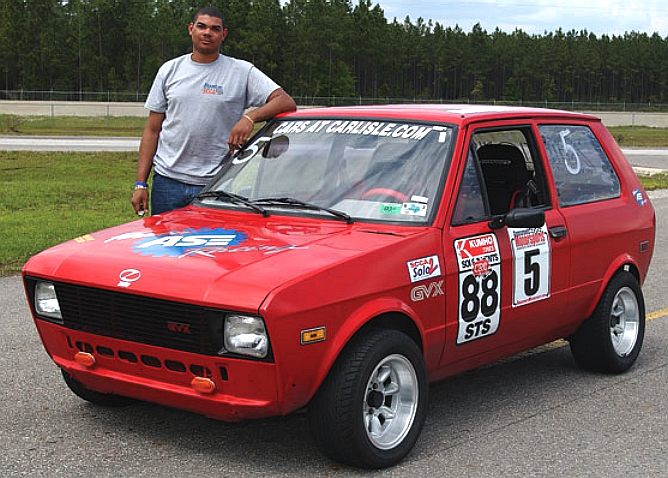
Johnny Pruitt with his Yugo GTV in race trim
The 1990s
In 1988 a new model was released called the Zastava Florida (known as Yugo Sana or Yugo Sana Miami, in some countries). Its exterior was designed by Giorgetto Giugiaro, with a body shape similar to a Fiat Tipo or Citro๋n ZX.
In the early 1990s, Zastava was affected greatly by the Balkan Crisis. The factory production became unstable because of a problem with supplies. Exports were impossible during those years, because trade sanctions imposed on Yugoslavia. As a result, its cars disappeared from most foreign markets after 1992.
Between 1992 and 1995 it was under UN sanctions, and then between 1998 and 2000 it was under EU and US sanctions. As a result, many of Zastava subsidiaries abroad were forced to cease trading, as it was the case with Zastava (GB) Ltd, in the United Kingdom, and Yugo Cars, in the United States.
In 1999, during the Kosovo War, NATO bombed the Zastava Automobiles plant in Kragujevac, Serbia because it was considered a threat since Zastava Arms infrastructure was also located on site. Zastava Arms makes rifles and pistols. Nevertheless, the bombing did not completely halt the production, as there were still three working shifts even during the height of NATO bombing (Zastava factory has operated continuously since it was
built). Some of the car manufacturing buildings were damaged and numerous workers were injured.
The 2000s
After the war, there were trade talks with Hungarian firms to assemble Yugos in Hungary, but no agreement was reached because of the Yugoslavian partner's hesitation. However, Zastava Trucks are assembled in Hungary, near P้cs, with IVECO engines.
Yugos were face-lifted and new versions are introduced in the Belgrade International Motor Show in 2002. The new Yugo Koral IN had a 1,3l 80HP motor with BOSCH electronic injection, the transmission designed by Porsche, slightly new internal and external design, improved safety, and lots of extra details which were missing from former models.
The new generation of Yugo was granted a FIA certificate, so it was in compliance with European standards.
In October 2000, Vojislav Kotunica became the new president of Yugoslavia (also a Yugo Koral owner) and soon after the sanctions against the country were lifted the export resumed. The production had fallen to a mere 9 percent of its pre-1990 230,000 vehicles annual capacity, with exports to around 4000 vehicles. The new Yugoslav government a $50 million reorganization effort in cooperation with the World Bank, which resulted in mass layoffs, and its intention to privatize the company.
A new prototype for the Yugo Florida, known as Florida 2.0, was made, equipped with the same engine as in Fiat Bravo 2.0.
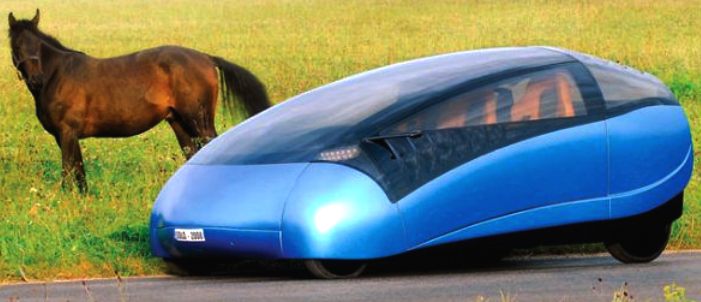
Antro Solo electric concept car
2005 onwards
The Zastava 10, based on the Italian Fiat Punto Mark 2b, is currently Zastava's most modern car. Optional features include dual front airbags and air conditioning, as well as power windows. Although the Zastava 10 is Zastava's newest and best model, it faces fierce competition in its home market against cars like the Volkswagen Polo. However, it has some advantages over many of its rivals, including price. As of December 2007, prices of the Zastava 10 start from Euro 7,550 in the Serbian market. In March 2007, the Zastava 10's share of the Serbian car market was 11% and the company started exporting cars to former Yugoslav republics in the first half of 2007 and, with plans to add to Bulgaria and Albania as well.
Production of all Zastava cars (Yugo, Skala 101 and Florida) has ended on or before November 20, 2008. After that day only car in production will be Zastava 10 which will change name to
Punto.
CEO of Zastava cars Zoran Radojević has declared that the company has received offers from African countries for technology transfer. It is believed that Congo is interested in starting production of the Zastava Florida and Egypt of the Zastava 128.
Zastava Motor Works (ZMW)
In 2002 the American entrepreneur Malcolm Bricklin, who had previously imported the Yugo into the United States, signed a deal with Zastava to re-introduce the company's products back into America. Bricklin's intention was to sell the cars for less than $10,000, under the brand name ZMW. However, even though a website proclaiming the brand's arrival was produced by Bricklin's company, by 2006 his intentions had switched to importing products from Chinese car maker Chery instead.
Zastava influence
Zastava automobiles have been sold and exported in Serbia, Montenegro, Croatia, Macedonia, Greece, Bulgaria, Lebanon, Libya, Syria, Tunisia, Poland, and Egypt (where Zastava cars are produced under the marque of the state owned Nasr car company).
In October 2005, an agreement with Fiat was reached for production of the Fiat Punto by Zastava for Eastern European markets, which would be commercialed as the Zastava 10. The Koral IN L, with a fuel injected 1.1 L Peugeot engine, met the European Union safety standards.
2008 Fiat and Zastava MOU
On July 28, 2008, Fiat signed a letter of intent to assume control of Zastava and pledged to invest 700 millions euros in the plant to manufacture newer Fiat models in return for 67% ownership of the plant. The last Zastava branded vehicle rolled off the assembly line on November 21, 2008.
Fiat Automobiles Serbia
Fiat Automobiles Serbia (FAS) was founded as a joint venture between Fiat (67%) and the Government of Serbia (33%). Fiat has pledged to invest 700 million euros in the new company while the Serbian government will contribute an additional 200 million euros. FAS began production of the Fiat 500L in 2012.
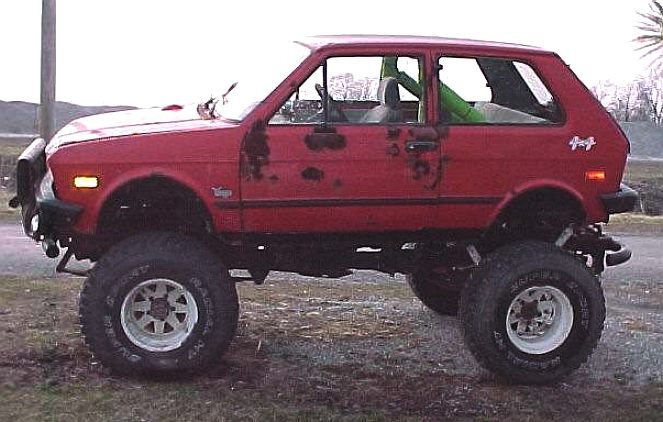
Yugo 45 4X4 conversion, BF Goodrich radial off road tires
MODELS
Cars produced by the Zastava factory in Kragujevac, Serbia:
Fiat Campagnola 19531962. 9,089 built without modification.
Fiat 1400 19541961, without modification.
Fiat 1100R thousands produced.
Zastava 750 (later 850), nicknamed "Fićo", 19551984. 923,487 produced with some modification.
Fiat 615 medium truck produced by Zastava Kamioni from 1957?. 36,000 built.
Fiat 1300/1500 19621979. 201,160 without modification.
Fiat 850 thousands produced.
Fiat-OM 40 1969?
Zastava 128 Fiat 128 based with many body modifications. 19712008. 1,273,532 built. Many built in Egypt by Nasr.
Zastava 101 (Skala) 19802008
Yugo 45 19802008. 750,000 built. More than 150,000 cabrios exported to the USA. Global production: 794,428.
Fiat Daily 1991? IVECO owns 46% of Zastava Kamioni.
Zastava Florida Production ceased in November 2008, more than 160,000 units built. 29,950 second series built.
Zastava Z10 Production started in 2006; 100 units daily.
Fiat 500L Production started in 2012.
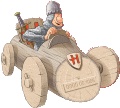
Please
click on the links above to find out about these famous automotive
makers. If your company is not included and you would like to be
listed, please let us know.
UK
VEHICLE INSURANCE ONLINE A - Z
No
matter what car, van or bike you drive, we're all looking for great
value and quality in our UK motor insurance? But who is the best
- who is the cheapest and who offers the great service in the event of
a claim?
See
the insurance companies below who claim to offer competitive cover at
sensible prices, our
guide to the jargon and tips for cutting your quote - Good
Luck:-
Automotive
Prehistory Links
CONTACTS
A
taste for adventure
capitalists
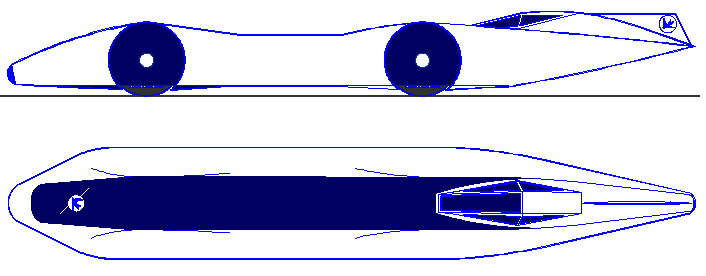
The
world's fastest electric car: 350mph + using energy from nature.
Featuring built in battery cartridge exchange, charged using renewable
solar energy. Sponsors sought for the 2016 season.
|






